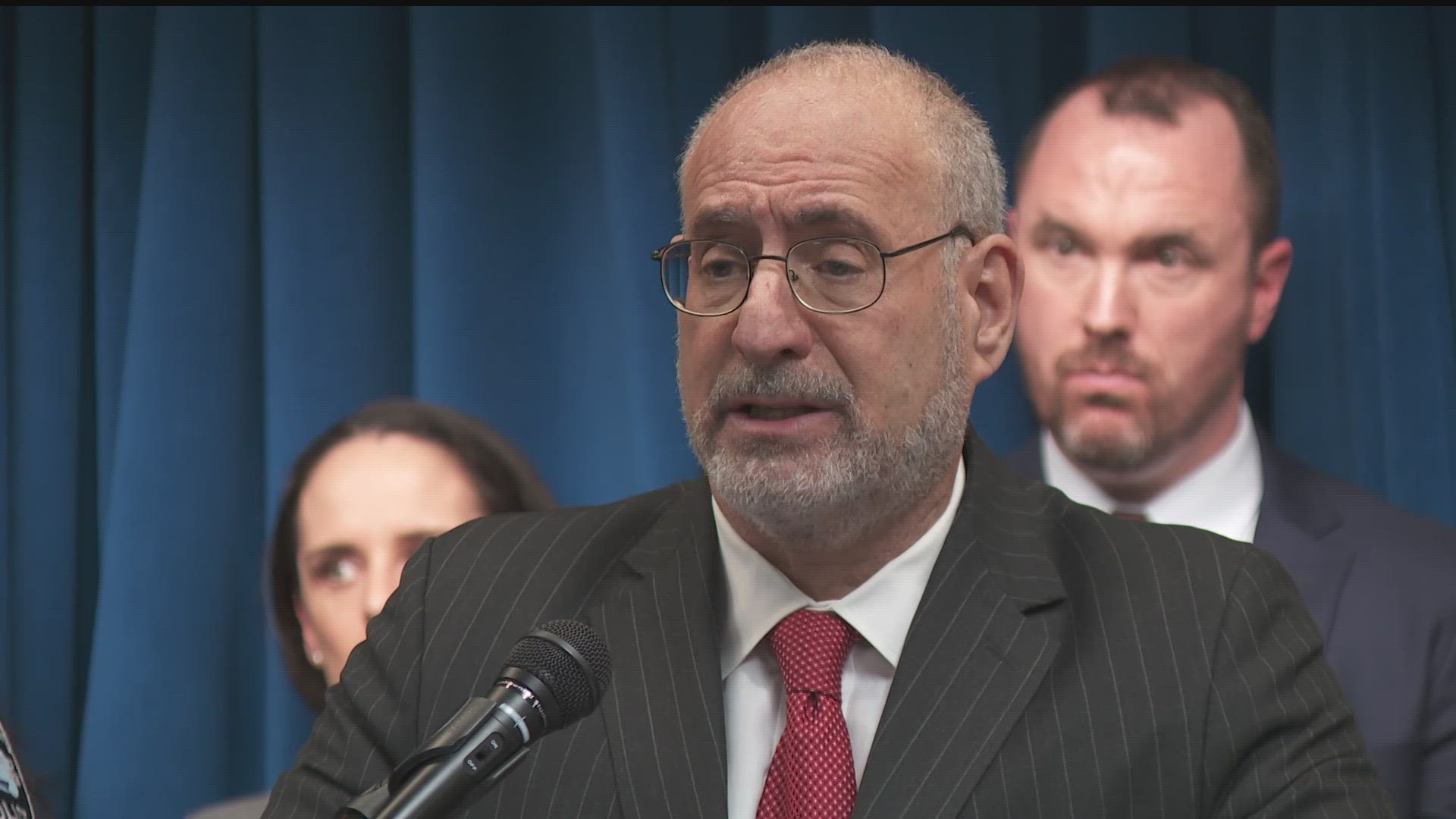MINNEAPOLIS — There's no question, the arrest and charging of 28 members of the "Highs" Street gang and 17 members of the Bloods in Minneapolis takes a lot of allegedly violent people off the streets.
But how effective will the use of RICO, a federal organized crime law, be at reducing violence in Minneapolis?
"In the short term, it certainly does disrupt and dismantle those groups. And that seems to have a positive impact because you're reducing violence on the streets, said James Densley, a professor of criminal justice at Metro State University who has written a number of books on gangs while studying them over the last 20 years.
"But in the long term, there's concern that then this creates a power vacuum on the streets and the other groups move in to fill it," Densley adds.
To prevent territory and power wars leading to even more gun violence, Densley says it's important also to implement prevention and intervention measures.
That's something U-S Attorney Andy Luger says is part of their strategy, a data-driven strategy called Group Violence Intervention, or GBI.
"GBI is a strategy to disrupt the group here, the Bloods and the Highs through a multiple multidisciplinary approach. Our gang cases are integral to the GBI strategy. That also includes street-level intervention, community engagement and regular meetings with gang members. As part of GBI, we are working to dissuade gang members from pursuing this lifestyle by spreading the word of all of our cases, including the cases announced today," Luger said.
Densley points to one example of why the multidisciplinary approach is necessary.
"Famously, RICO was used to dismantle some of the biggest gangs in Chicago in the late nineties and early 2000s. But if you ask people in Chicago today, do we still have gangs? The answer is obviously yes," Densley said.
Watch more local news:
Watch the latest local news from the Twin Cities and across Minnesota in our YouTube playlist:

